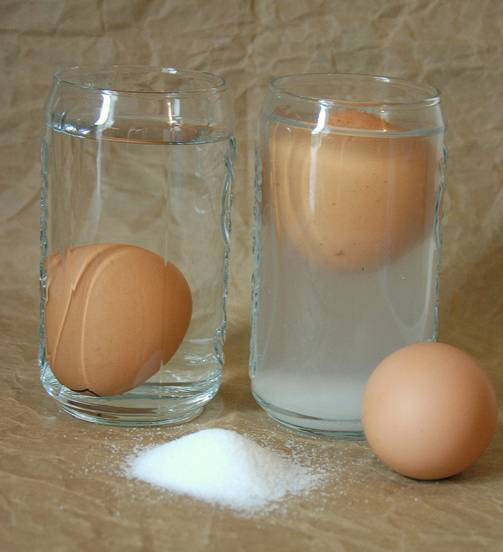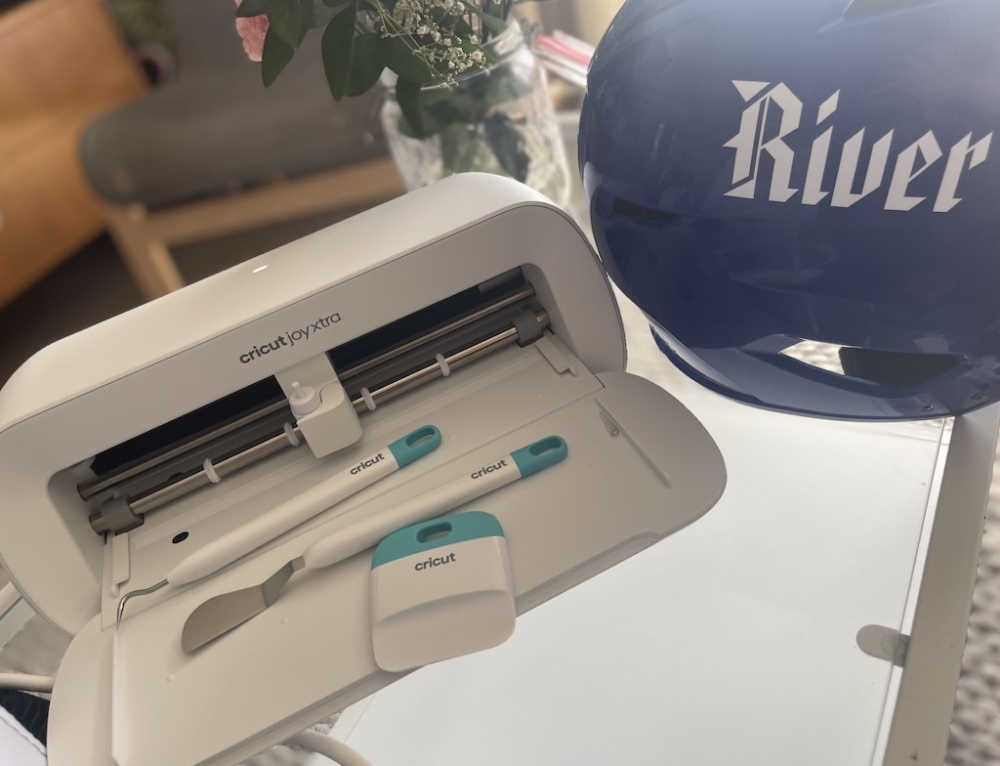Do you have curious kids? Follow the simple steps to this egg float experiment with them and it will teach the kids how it floats, then sinks. They’ll be amazed!
What you need:
- egg
- water
- salt
- a glass
- spoon
Number of players:
1+
Activity:
Fill a glass half full with water.
Next, place an egg into the water and help your child notice that the egg sinks.
This is because it is more dense than the water.
Start adding salt to the water one tablespoon at a time and gently stir it into the water.
Eventually, the egg will start to float.
One question is how much salt do you have to add to get your egg to float?
Now, have your child slowly add a cup of fresh water to the same glass with the floating egg and watch what happens.
It will start to drift back towards the bottom.
How much fresh water do you have to add to get the egg to sink to the bottom? Why does this happen?
Adding salt to the water squishes more molecules into the water.
This makes the water more dense.
When there was no salt in the water, the egg was more dense than the water and it sank.
Adding salt to the water makes the water more dense than the egg which makes the egg float.
If you weigh a cup of saltwater and a cup of fresh water, the saltwater will weigh more than the fresh water even though it is taking up the same amount of space (a cup).
This is because the saltwater is more dense than the fresh water.







Leave A Comment
You must be logged in to post a comment.